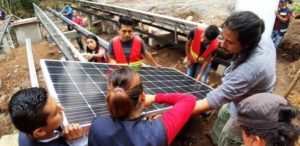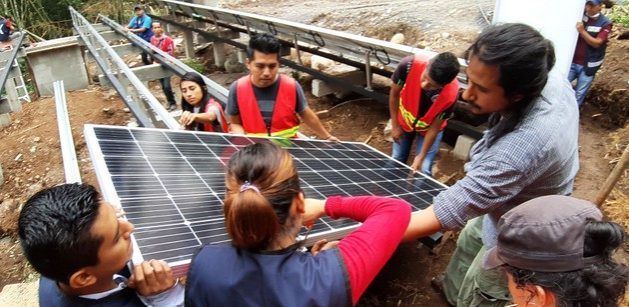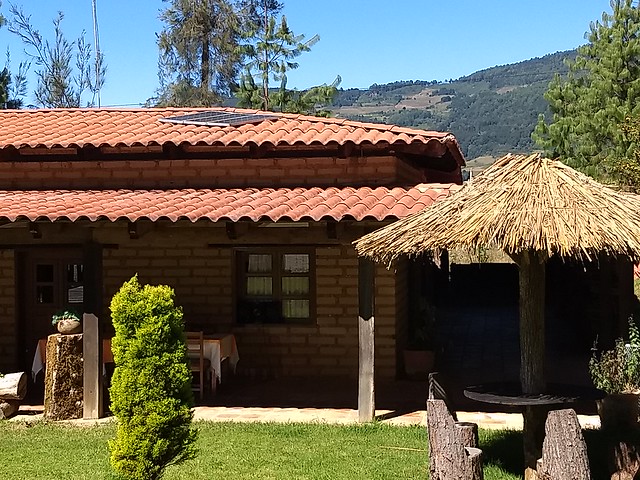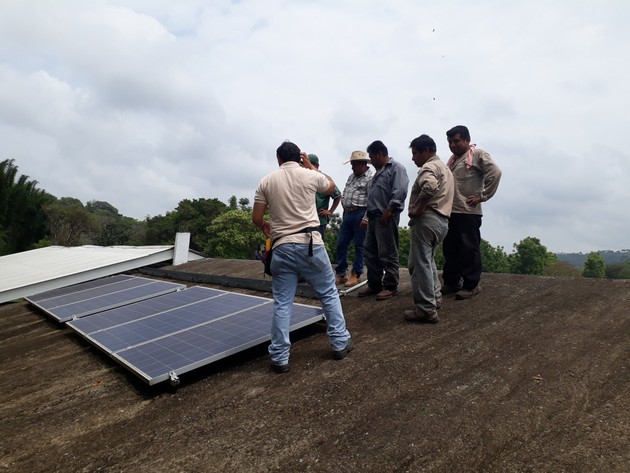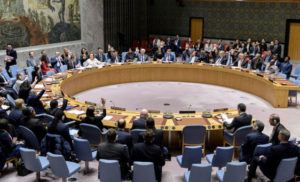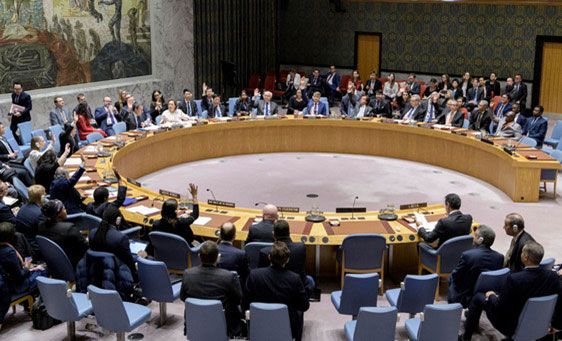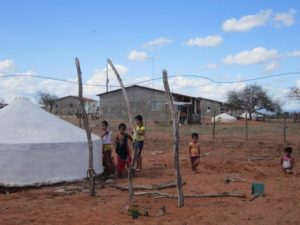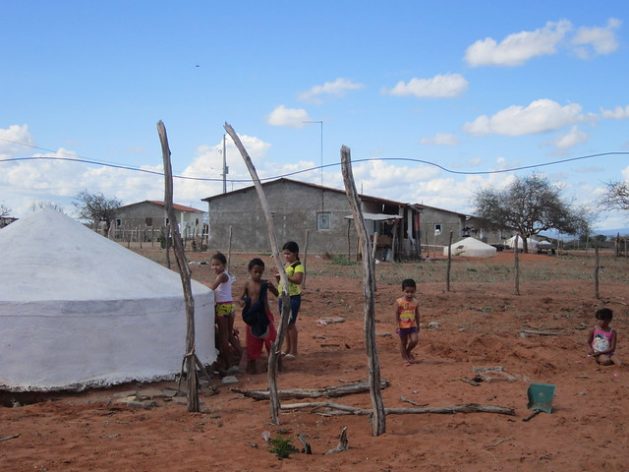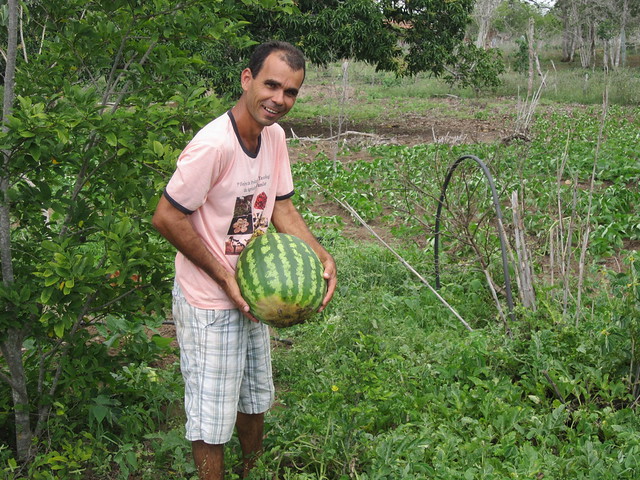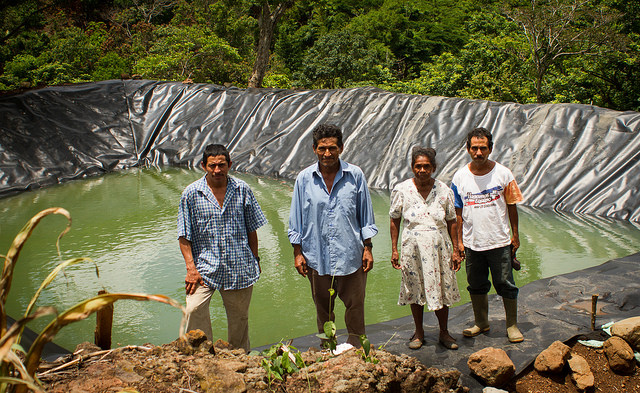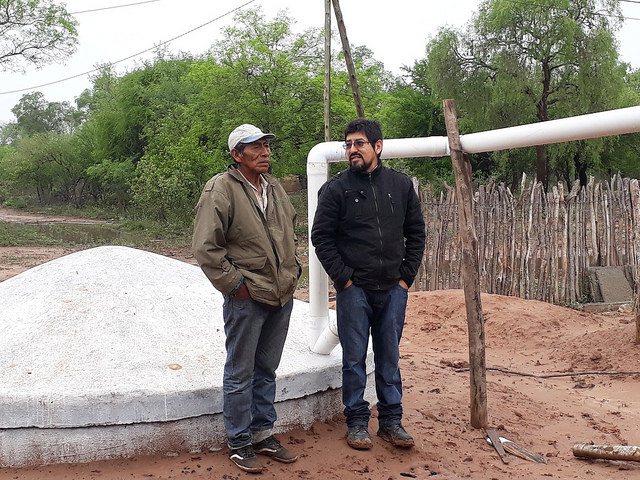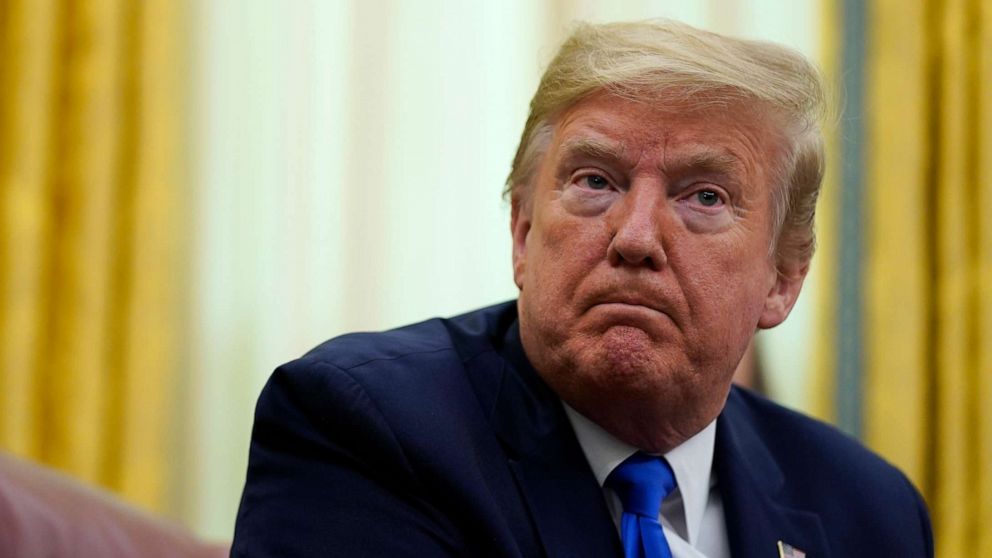
(Want to get this briefing by email? Here’s the sign-up.)
Good evening. Here’s the latest.
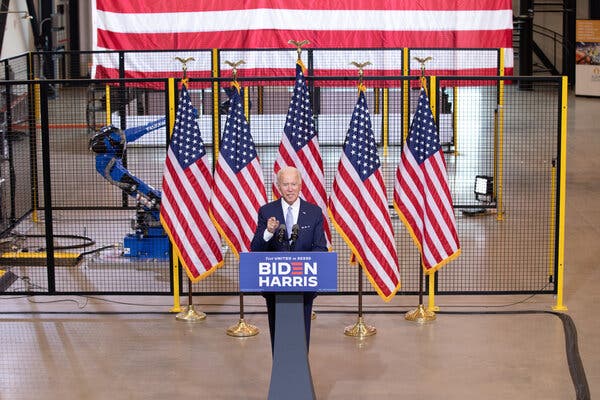
1. Joe Biden assailed President Trump over the unrest in cities.
As Mr. Trump prepared for a visit on Tuesday to Kenosha, Wis., which has been rocked by protests and riots over the police shooting of Jacob Blake, Mr. Biden gave a speech in Pittsburgh, above, asking: “Does anyone believe there will be less violence in America if Donald Trump is re-elected?”
“Mr. Trump, you want to talk about fear?’’ Mr. Biden asked. “Do you know what people are afraid of in America? They’re afraid they’re going to get Covid. They’re afraid they’re going to get sick and die. And that is no small part because of you.” He noted that more police officers had died from the coronavirus than were killed on patrol.
At a White House press conference later in the day, Mr. Trump fired back. “The rioters and Joe Biden have a side — they’re both on the side of the radical left,” he said. The president has tried to make protests and riots his central issue, distracting from the pandemic that continues to kill roughly 1,000 Americans every day.
Over the weekend, Mr. Trump unleashed an especially intense barrage of Twitter messages in which he embraced fringe conspiracy theories claiming that the coronavirus death toll has been exaggerated and that street protests amount to an attempted coup d’état against him.
2. The House Oversight Committee will soon subpoena the postmaster general, Louis DeJoy, for documents related to mail delays and communications with the Trump campaign.
3. Coronavirus cases are increasing at a faster rate among children.
As some U.S. school districts begin in-person classes, data compiled by the American Academy of Pediatrics show that the numbers of cases, hospitalizations and deaths are increasing at a faster rate among children and teenagers than in the general population.
The increase comes in part from more widespread testing, but an increase in hospitalizations and deaths among children shows that the rise is not just on paper.
And like adults, Black and Latino children who contract the virus are more likely to be hospitalized. Above, students waiting for temperature checks today at Hillsborough High School in Tampa, Fla.
4. Spain confronts a second wave.
In the past week, Spain has recorded more than 53,000 new coronavirus cases, far more than anywhere else in Europe.
One of the hardest-hit European countries in the early stages of the pandemic, Spain reined it in with a strict lockdown, but then reopened rapidly. The return of nightlife and group activities has contributed to the resurgence.
But the mortality rate is roughly half the rate at the height of crisis in May. And national coordination is improving. Testing speeds are accelerating. The central government last week agreed to deploy 2,000 soldiers as contact tracers.
“It’s not like the first wave,” said Carmen Cerezo, 38, a train attendant waiting outside the Málaga hospital while her father was tested for coronavirus inside. “We’re calmer now.”
5. Race, the Marines and a Black officer’s fate.
This week, the Corps’s promotion board will meet to consider its next group of generals. One possibility is Col. Anthony Henderson, above center, who has served in combat missions in Iraq and Afghanistan and has the respect of those he has commanded and most who commanded him.
In three previous reviews, he has been passed over for promotion to brigadier general. That one-star rank would put him on the path to the top tier of Marine Corps leadership — where there has never been anyone other than white men.
The Corps is now a force of more than 185,000 white, African-American, Hispanic and Asian men and women.
6. China has come roaring back, with exports soaring to their second-highest level ever.
The country has grabbed a much larger share of global markets this summer from other manufacturing nations, establishing dominance in trade that could last long after the world begins to recover from the pandemic.
The export blitz came despite President Trump’s move to impose broad tariffs on Chinese goods, pressure on companies to shift production away from China, and the pandemic that crippled factories in January.
In Japan, Prime Minister Shinzo Abe’s resignation is likely to make it harder for the country to recover from the pandemic.
7. The U.S. Open is getting started with the stars Novak Djokovic and Naomi Osaka slated to play opening matches tonight.
We have live updates and tips on the matches to watch for — and reassurance that this year’s diminished field is nothing new.
The Coronavirus Outbreak ›
Frequently Asked Questions
Updated August 27, 2020
-
What should I consider when choosing a mask?
- There are a few basic things to consider. Does it have at least two layers? Good. If you hold it up to the light, can you see through it? Bad. Can you blow a candle out through your mask? Bad. Do you feel mostly OK wearing it for hours at a time? Good. The most important thing, after finding a mask that fits well without gapping, is to find a mask that you will wear. Spend some time picking out your mask, and find something that works with your personal style. You should be wearing it whenever you’re out in public for the foreseeable future. Read more: What’s the Best Material for a Mask?
-
What are the symptoms of coronavirus?
- In the beginning, the coronavirus seemed like it was primarily a respiratory illness — many patients had fever and chills, were weak and tired, and coughed a lot, though some people don’t show many symptoms at all. Those who seemed sickest had pneumonia or acute respiratory distress syndrome and received supplemental oxygen. By now, doctors have identified many more symptoms and syndromes. In April, the C.D.C. added to the list of early signs sore throat, fever, chills and muscle aches. Gastrointestinal upset, such as diarrhea and nausea, has also been observed. Another telltale sign of infection may be a sudden, profound diminution of one’s sense of smell and taste. Teenagers and young adults in some cases have developed painful red and purple lesions on their fingers and toes — nicknamed “Covid toe” — but few other serious symptoms.
-
Why does standing six feet away from others help?
- The coronavirus spreads primarily through droplets from your mouth and nose, especially when you cough or sneeze. The C.D.C., one of the organizations using that measure, bases its recommendation of six feet on the idea that most large droplets that people expel when they cough or sneeze will fall to the ground within six feet. But six feet has never been a magic number that guarantees complete protection. Sneezes, for instance, can launch droplets a lot farther than six feet, according to a recent study. It’s a rule of thumb: You should be safest standing six feet apart outside, especially when it’s windy. But keep a mask on at all times, even when you think you’re far enough apart.
-
I have antibodies. Am I now immune?
- As of right now, that seems likely, for at least several months. There have been frightening accounts of people suffering what seems to be a second bout of Covid-19. But experts say these patients may have a drawn-out course of infection, with the virus taking a slow toll weeks to months after initial exposure. People infected with the coronavirus typically produce immune molecules called antibodies, which are protective proteins made in response to an infection. These antibodies may last in the body only two to three months, which may seem worrisome, but that’s perfectly normal after an acute infection subsides, said Dr. Michael Mina, an immunologist at Harvard University. It may be possible to get the coronavirus again, but it’s highly unlikely that it would be possible in a short window of time from initial infection or make people sicker the second time.
-
I’m a small-business owner. Can I get relief?
- The stimulus bills enacted in March offer help for the millions of American small businesses. Those eligible for aid are businesses and nonprofit organizations with fewer than 500 workers, including sole proprietorships, independent contractors and freelancers. Some larger companies in some industries are also eligible. The help being offered, which is being managed by the Small Business Administration, includes the Paycheck Protection Program and the Economic Injury Disaster Loan program. But lots of folks have not yet seen payouts. Even those who have received help are confused: The rules are draconian, and some are stuck sitting on money they don’t know how to use. Many small-business owners are getting less than they expected or not hearing anything at all.
-
What are my rights if I am worried about going back to work?
Organizers of the tennis tournament are under pressure to deliver a success that can lead the way for big events to return to New York City.
The coronavirus has already had an impact: The French player Benoît Paire tested positive and has been withdrawn from competition, and several others the organizers found to have had close contact with him have had to sign an agreement further restricting their behavior within the controlled environment at the Billie Jean King National Tennis Center and the players’ hotel.
“To sum up, we are in the bubble within the bubble,” one of those required to sign, the French doubles specialist Édouard Roger-Vasselin, said in an interview with L’Equipe, the French newspaper.
8. Sales of tell-all books about President Trump are soaring.
“The Room Where It Happened” by John Bolton, Mr. Trump’s former national security adviser, sold more than a million copies this summer. “Too Much and Never Enough,” by Mr. Trump’s niece, Mary L. Trump, has gone into its 20th printing. There are many, many other titles, including a substantial number by his defenders.
Many in the industry wonder if the so-called Trump Bump can be sustained if the president is defeated in November, and whether sales of political books will suffer in a post-Trump slump.
9. Lady Gaga’s masks were the real V.M.A. winners.
What has the red carpet become in the Covid world, when most people have given up on party dressing? The answer came from Lady Gaga at the MTV Video Music Awards.
During the live show in New York City on Sunday night, she appeared in seven different outfits, almost every time with a different face mask. In her performance from “Chromatica,” above, with Ariana Grande on the left, she was in a pink and black bodysuit, mask by Diego Montoya.
“I might sound like a broken record, but wear a mask,” she said at the end. “It’s a sign of respect.” Here are some of the other memorable moments of the V.M.A.s.
10. And finally, take a (virtual) trip to Africa.
Malawi is often overshadowed by its better-known neighbors in southeastern Africa: Tanzania, with its abundant wildlife; Zambia, with Victoria Falls; and Mozambique, with its picture-perfect beaches.
The country, in fact, has plenty of natural beauty. But, for the photographer Marcus Westberg, it wasn’t the landscapes that made a lasting impression — but the people.
Here are some of his photographs, paired with an essay by him. Whether on assignment or going to the market for vegetables, he writes, “time and time again I have found myself staying far longer than intended.”
Have a richly connected evening.
Your Evening Briefing is posted at 6 p.m. Eastern.
Want to catch up on past briefings? You can browse them here.
What did you like? What do you want to see here? Let us know at briefing@nytimes.com.

